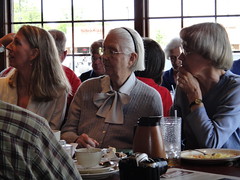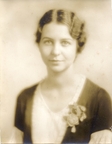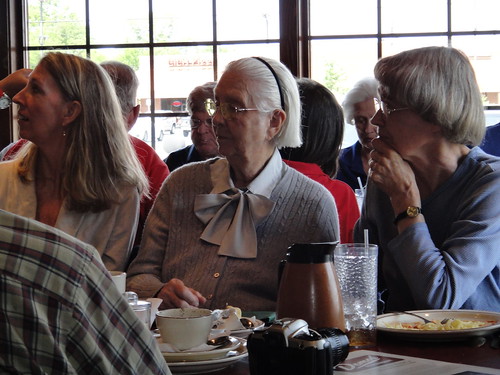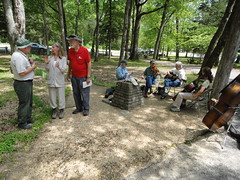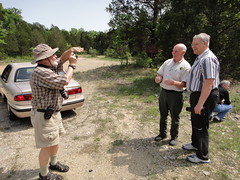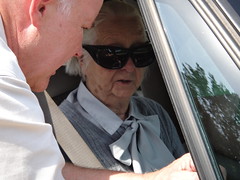 Nina Cardona of WPLN Nashville Public Radio talked about
pioneering ecologist Dr. Elsie Quarterman; here’s the audio:
Nina Cardona of WPLN Nashville Public Radio talked about
pioneering ecologist Dr. Elsie Quarterman; here’s the audio:
Emily Siner // Nashville Public Radio // WPLN 90.3 FM // Enterprise Reporter
 And here’s
WPLN’s text version of the same story.
And here’s
WPLN’s text version of the same story.
The radio story draws on the video by MTSU Center for Cedar Glade Studies of the April 2008 dedication to Dr. Elsie Quarterman of the annual wildflower festival at Cedars of Lebanon State Park east of Nashville, Tennessee.
A memorial service will be held 10AM this Saturday 21 June 2014 at Westminster Presbyterian Church, 3900 West End Avenue, Nashville, Tennessee, with a reception at the church following the service. See the Elsie blog page for many more stories and pictures of Aunt Elsie.
-jsq







